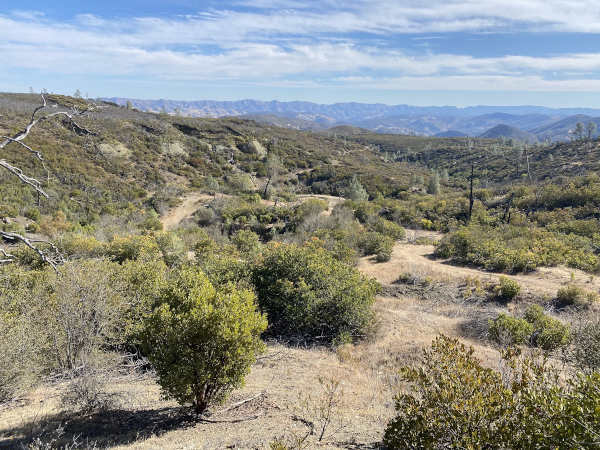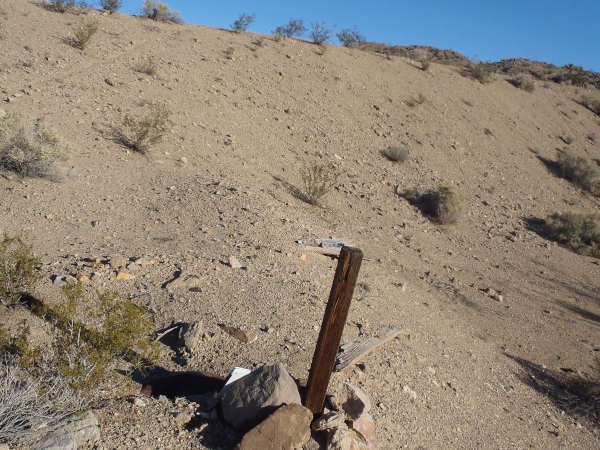NORTH COAST, Calif. — Caltrans reports that the following road projects will be taking place around the North Coast during the coming week.
Included are Mendocino County projects that may impact Lake County commuters.
Caltrans advises motorists to drive with caution when approaching work areas and to be prepared to stop at traffic control stations.
The Caltrans Traffic Operations Office has reviewed each project and determined that individual project delays are expected to be less than the statewide policy maximum of 30 minutes unless noted otherwise.
For updates to this list check QuickMap at
www.dot.ca.gov or 1-800-GAS-ROAD (1-800-427-7623).
LAKE COUNTY Highway 20— Construction near Saratoga Spring Road will continue. One-way traffic control will be in effect from 6 a.m. to 6 p.m. weekdays. Motorists should anticipate 10-minute delays.
Highway 29— Construction from Spruce Grove Road to Hofacker Lane will continue. One-way traffic control will be in effect. Motorists should anticipate 10-minute delays.
— Construction from Route 281 to Private Road will continue. One-way traffic control will be in effect overnight from 8 p.m. to 7 a.m. Motorists should anticipate 15-minute delays.
MENDOCINO COUNTY Highway 1 — PG&E has been granted a Caltrans Encroachment Permit for utility work near Ocean View Drive which will occur on Tuesday, Aug. 3. One-way traffic control will be in effect from 8 a.m. to 5 p.m. Motorists should anticipate five-minute delays.
Highway 20— Slide removal two miles west of Three Chop Road will continue. One-way traffic control will be in effect. Motorists should anticipate 10-minute delays.
– Highway construction east of Three Chop Road began on Thursday, July 29. One-way traffic control will be in effect from 7 a.m. to 5:30 p.m. Motorists should anticipate 15-minute delays.
Highway 101— Slide removal from Comminsky Station Road to Pieta Creek Bridge will continue. Lane closures will be in effect from 6 a.m. to 5 p.m. Motorists should anticipate five-minute delays.
— Work south of Ridgewood Ranch Road will continue. Lane closures will be in effect in both directions. Motorists should anticipate minor traffic slowdowns.
— Moss Cove Safety Rest Area will be closed through fall 2021.
— Empire Camp Safety Rest Area will be closed through fall 2021.
— Drainage work from Piercy to the Humboldt County Line will continue. One-way traffic control will be in effect weekdays. Motorists can anticipate minor traffic slowdowns.
— Drainage work at the Piercy on and off ramp began on Friday, July 30. Full ramp closures will be in effect weekdays from 7 a.m. to 5:30 p.m. Motorists should use an alternate ramp.
Highway 175— Pavement work near Buckman Drive will continue. One-way traffic control will be in effect. Motorists should anticipate five-minute delays.
— Shoulder work east of Buckman Drive will continue. One-way traffic control will be in effect weekdays from 6 a.m. to 8 p.m. Motorists should anticipate 10-minute delays.
Highway 271— Drainage work from Old Route 101 to South Fork Eel River will continue. One-way traffic control will be in effect weekdays from 7 a.m. to 5:30 p.m. Motorists should anticipate five-minute delays.


 How to resolve AdBlock issue?
How to resolve AdBlock issue? 





